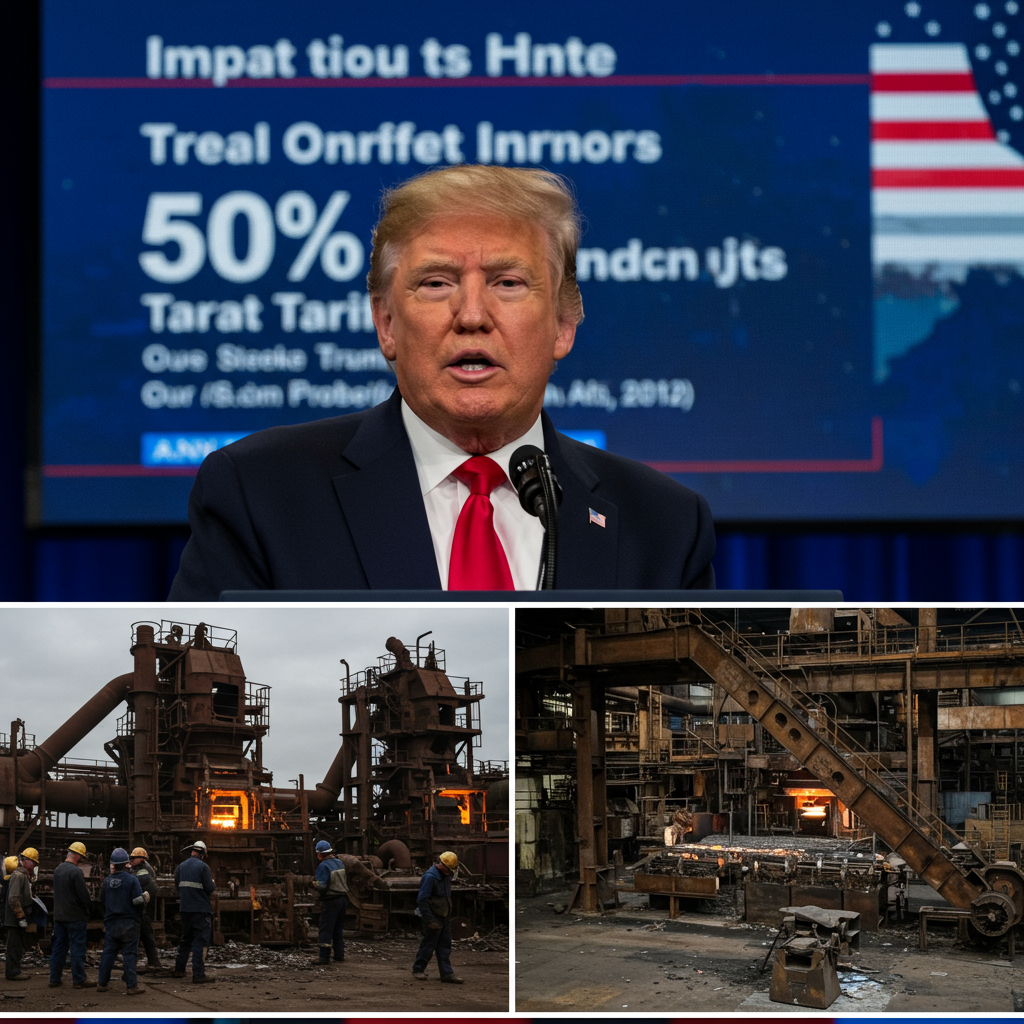Prominent tesla analyst Dan Ives recently sparked significant discussion within the tech and investment communities by proposing a bold idea: a merger between electric vehicle giant Tesla and artificial intelligence startup xAI. Both companies are key components of Elon Musk’s diverse technology empire. Ives argued such a combination could create a formidable competitor in the burgeoning AI landscape, leveraging Tesla’s vast real-world data alongside xAI’s advanced large language models. However, Musk’s reaction to the suggestion was swift and dismissive, quickly shutting down the speculation. This interaction highlights the complex relationship between Musk’s strategic vision, shareholder expectations, and the practical challenges of consolidating his ventures.
The Daring Proposal from Dan Ives
Dan Ives, a managing director at Wedbush Securities and a well-known bull on Tesla stock, is recognized for his enthusiastic market calls and colorful commentary. His recent proposal regarding a potential Tesla xAI merger was no exception. Writing on X, the social media platform also owned by Musk, Ives outlined a scenario where Tesla could acquire xAI.
The core rationale behind Ives’ suggestion is the potential for powerful synergy. Tesla’s extensive fleet of vehicles generates massive amounts of data related to driving, environmental perception, and real-world interaction. This data is considered incredibly valuable for training artificial intelligence models, particularly those focused on autonomous systems, robotics, and potentially broader AI applications. Ives posited that combining this unique dataset with xAI’s expertise in developing sophisticated AI models could position the merged entity as a frontrunner in the global AI race, capable of directly challenging established players like OpenAI, Microsoft, and Meta.
Key Conditions for a Potential Deal
Ives’ proposal wasn’t simply a vague idea; he included specific conditions he believed would be necessary for such a complex transaction to occur and gain shareholder approval. Foremost among these was the issue of Elon Musk’s control and compensation at Tesla. Ives suggested Musk would need to secure 25% voting control of Tesla. This figure aligns with Musk’s publicly stated desire for greater control to feel comfortable building advanced AI within Tesla.
Furthermore, Ives indicated that any revised pay package for Musk would need to incorporate “guardrails.” These guardrails, according to Ives, would specifically address concerns about Musk’s political activities and, critically, the amount of time he dedicates to running Tesla. These conditions reflect ongoing investor discussions about Musk’s divided attention across his various ventures and the governance structures within Tesla.
In Ives’ view, “Adding Tesla’s data to xAI would create a formidable AI play… a frontrunner when it comes to AI and not launching from the backseat.” He acknowledged potential concerns but maintained that “the benefits far outweigh the risks.”
Musk’s Blunt Rejection
Despite the strategic arguments presented by Ives regarding the potential benefits of a Tesla xAI merger, Elon Musk’s response was unequivocally negative. According to reports, Musk’s reaction was dismissive, reportedly summarized with the blunt phrase, “Shut up, Dan.” This characteristic directness from Musk left little room for interpretation regarding his current stance on the idea.
Musk’s swift rejection, while perhaps unsurprising given his personality and prior comments on integrating his companies, signals several potential underlying factors. First, it underscores his likely desire to keep xAI as a separate entity, potentially allowing it greater focus and flexibility outside the demands and governance structures of a large public company like Tesla.
Second, it might reflect a disagreement on valuation or the complexities of integration. Both Tesla and xAI are highly valued but in different markets with different growth trajectories. Determining a fair exchange ratio or purchase price would be incredibly challenging. Integrating their distinct cultures, technical teams, and product roadmaps would also present significant operational hurdles.
Understanding Musk’s Stance on Public Markets
Musk has a well-documented history of expressing frustration with the pressures and regulations of public markets. He successfully took Twitter private, renaming it X, citing a desire for more control and freedom from public scrutiny. He also famously attempted to take Tesla private in 2018, an effort that led to significant regulatory issues.
This historical context suggests Musk might prefer to develop xAI privately, shielded from the quarter-to-quarter demands and public shareholder oversight that Tesla faces. A Tesla xAI merger would inherently subject xAI’s development and financials to the public market environment Musk seems to disdain.
Furthermore, Ives’ proposed conditions regarding governance and time commitments, while intended to address investor concerns, might be viewed by Musk as unacceptable infringements on his autonomy. Musk highly values control over his ventures and has historically pushed back against constraints on his decision-making and time allocation.
The Strategic Value of Tesla’s Data
Regardless of the merger possibility, the discussion highlights the immense strategic value embedded within Tesla’s operations: its data. Tesla vehicles, equipped with numerous cameras and sensors, collect vast amounts of real-world driving data covering diverse environments, traffic situations, and unexpected events. This data is crucial for training and validating artificial intelligence models for autonomous driving (Full Self-Driving or FSD) and robotics (like the Optimus robot).
xAI, founded by Musk with the stated goal of understanding the true nature of the universe, is developing foundational AI models. While its initial public product, Grok, is a chatbot, the underlying technology is designed to process vast amounts of information and identify patterns.
The synergy Ives envisioned centers on feeding Tesla’s unparalleled real-world data into xAI’s powerful AI models. This could potentially accelerate breakthroughs not just in autonomous systems, but also in general artificial intelligence, allowing xAI models to ground their understanding in physical reality in ways purely text-trained models cannot. This potential remains whether or not a formal merger ever takes place; collaboration or data sharing agreements are alternative avenues, albeit likely complex ones.
Challenges Beyond Valuation and Governance
Even if Musk were inclined towards a merger, numerous challenges would arise. Regulatory approval could be a hurdle, particularly in the current climate of increased scrutiny on major tech mergers and the concentration of AI capabilities. Integrating the technical infrastructure of two vastly different companies – an automotive/energy company with deep manufacturing and hardware expertise and a pure-play AI research lab – would be technically complex and expensive.
Moreover, merging employee cultures and retaining top AI talent from xAI under the structure of a large public corporation like Tesla could prove difficult. The different incentives, operational speeds, and research focus areas of the two companies present significant integration challenges.
While the original snippet also mentioned a tangent about Musk’s relationship with President Trump and its potential impact on his empire’s vulnerability, this appears less directly related to the strategic rationale or feasibility of a Tesla xAI merger. The primary vulnerabilities discussed in the context of the merger proposal itself revolve around corporate governance, valuation debates, and Musk’s relationship with public market shareholders and regulators.
Frequently Asked Questions
What was the proposed Tesla and xAI merger idea?
The idea was proposed by Tesla analyst Dan Ives, suggesting that Tesla, the electric vehicle company, should acquire xAI, Elon Musk’s artificial intelligence startup. The rationale was that combining Tesla’s vast real-world data generated by its vehicles with xAI’s advanced AI model development expertise could create a leading force in the artificial intelligence industry, potentially rivaling major tech companies.
Why might a Tesla-xAI merger be strategically beneficial from an AI perspective?
A merger could be strategically beneficial due to the complementary assets of the two companies. Tesla possesses a massive dataset from its fleet of vehicles, which is invaluable for training AI models to understand the physical world. xAI is focused on building advanced foundational AI models, including large language models. Combining Tesla’s unique real-world data with xAI’s AI capabilities could accelerate development in areas like autonomous driving, robotics, and potentially create more grounded and capable general AI systems.
What are the main reasons Elon Musk or investors might be against a Tesla acquiring xAI?
Elon Musk’s likely reasons include his preference for keeping xAI private, avoiding public market scrutiny, and maintaining greater personal control over its direction and resources. He also may view Ives’ suggested governance “guardrails” as restrictive. For investors, key concerns include the complexity of valuing xAI for an acquisition, the integration challenges of merging two vastly different companies and cultures, potential regulatory hurdles, and questions about how such a deal would benefit Tesla shareholders compared to other uses of capital or alternative collaboration models.
Conclusion
Dan Ives’ proposal for a Tesla xAI merger was a bold, albeit complex, vision for leveraging Elon Musk’s key assets in the intensifying artificial intelligence race. While the strategic synergy of combining Tesla’s data with xAI’s AI models holds theoretical appeal, Musk’s immediate and characteristic rejection underscores the significant practical hurdles. These include Musk’s known preference for private company control, the complexities of valuation and integration, and ongoing questions about Tesla’s corporate governance and Musk’s divided attention. For now, it appears Musk intends for xAI to develop independently, separate from the demands and structures of his public company, Tesla. The interaction serves as a clear reminder of the distinct paths Musk is charting for his various ventures, even those operating in related technological fields.


